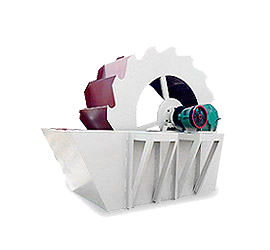An ore crushing plant is a facility designed to reduce large chunks of mined ore into smaller particles for further processing. The crushing process is a crucial step in mineral extraction, preparing the material for grinding, separation, and concentration. Below is an overview of the key components and stages involved:
—
1. Ore Crushing Process Overview
The primary goal is to break down raw ore into manageable sizes while minimizing energy consumption and maximizing liberation of valuable minerals.
 # Stages of Ore Crushing:
# Stages of Ore Crushing:
1. Primary Crushing
– Equipment: Jaw crushers or gyratory crushers.
– Input: Large ore pieces (up to 1–1.5 meters).
– Output: Smaller fragments (~100–250 mm).
2. Secondary Crushing
– Equipment: Cone crushers or impact crushers.
– Purpose: Further reduce size (~20–100 mm) for efficient grinding.
3. Tertiary/Quaternary Crushing (if needed)
– Fine crushing using specialized cone crushers or high-pressure grinding rolls (HPGR).
4. Screening
– Vibrating screens separate crushed material by size, sending oversize back for re-crushing.
5. Optional Steps:
– Pre-concentration (e.g., sensor-based sorting) to remove waste rock early.
—
2. Key Equipment in an Ore Crushing Plant
– Jaw Crusher: Robust primary crusher for hard ores (e.g., iron, gold).
– Cone Crusher: Efficient for secondary/tertiary stages (e.g., copper, limestone).
– Impact Crusher: Used for softer ores or recycled materials.
– HPGR (High-Pressure Grinding Rolls): Energy-efficient alternative for fine crushing.
– Screens & Feeders: Ensure consistent material flow and classification.
—
 3. Factors Influencing Crushing Efficiency
3. Factors Influencing Crushing Efficiency
– Ore Characteristics: Hardness, abrasiveness, moisture content (e.g., wet vs. dry crushing).
– Feed Size vs. Product Size: Determines the number of crushing stages needed.
– Energy Consumption: HPGRs may reduce energy use by 20–30% compared to traditional methods.
—
4.Common Ores Processed
– Metallic ores: Iron, copper, gold





Leave a Reply